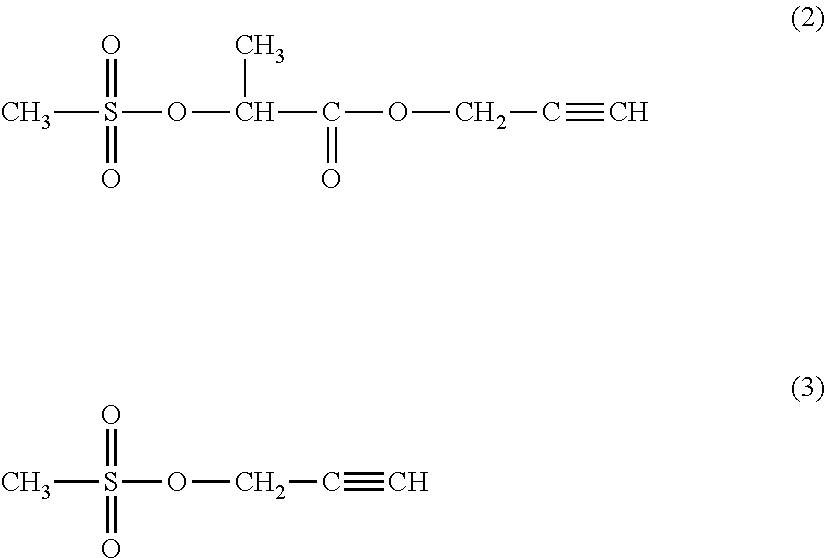Nonaqueous electrolyte secondary battery
a secondary battery and nonaqueous electrolyte technology, applied in the direction of non-aqueous electrolyte cells, cell components, electrochemical generators, etc., can solve the problems of inability to achieve superior battery performance, inability to suppress the decomposition of nonaqueous electrolytic solutions on the active material of positive electrodes, and high cost of cobalt. , to achieve the effect of suppressing self-discharge and maintaining high cycling life characteristics
- Summary
- Abstract
- Description
- Claims
- Application Information
AI Technical Summary
Benefits of technology
Problems solved by technology
Method used
Image
Examples
Embodiment Construction
[0040]Exemplary embodiments of the invention will now be described in detail with reference to examples and comparative examples. However, the examples described below are merely illustrative examples of nonaqueous electrolyte secondary batteries that embody the technical spirit of the invention, and are not intended to limit the invention to these particular nonaqueous electrolyte secondary batteries. The invention can be equally applied to various modified cases without departing from the technical spirit described in the claims.
[0041]First, a specific method for producing a nonaqueous electrolyte secondary battery common to various examples and comparative examples will be described.
Preparation of Positive Electrode Plate
[0042]The positive electrode active material used in the Examples 1 to 4 and the Comparative Examples 1 to 3 was a mixture of layered lithium nickel manganese cobalt composite oxide (LiNi1 / 3Mn1 / 3Co1 / 3O2) and lithium cobalt oxide containing magnesium, aluminum, an...
PUM
 Login to View More
Login to View More Abstract
Description
Claims
Application Information
 Login to View More
Login to View More - R&D
- Intellectual Property
- Life Sciences
- Materials
- Tech Scout
- Unparalleled Data Quality
- Higher Quality Content
- 60% Fewer Hallucinations
Browse by: Latest US Patents, China's latest patents, Technical Efficacy Thesaurus, Application Domain, Technology Topic, Popular Technical Reports.
© 2025 PatSnap. All rights reserved.Legal|Privacy policy|Modern Slavery Act Transparency Statement|Sitemap|About US| Contact US: help@patsnap.com



